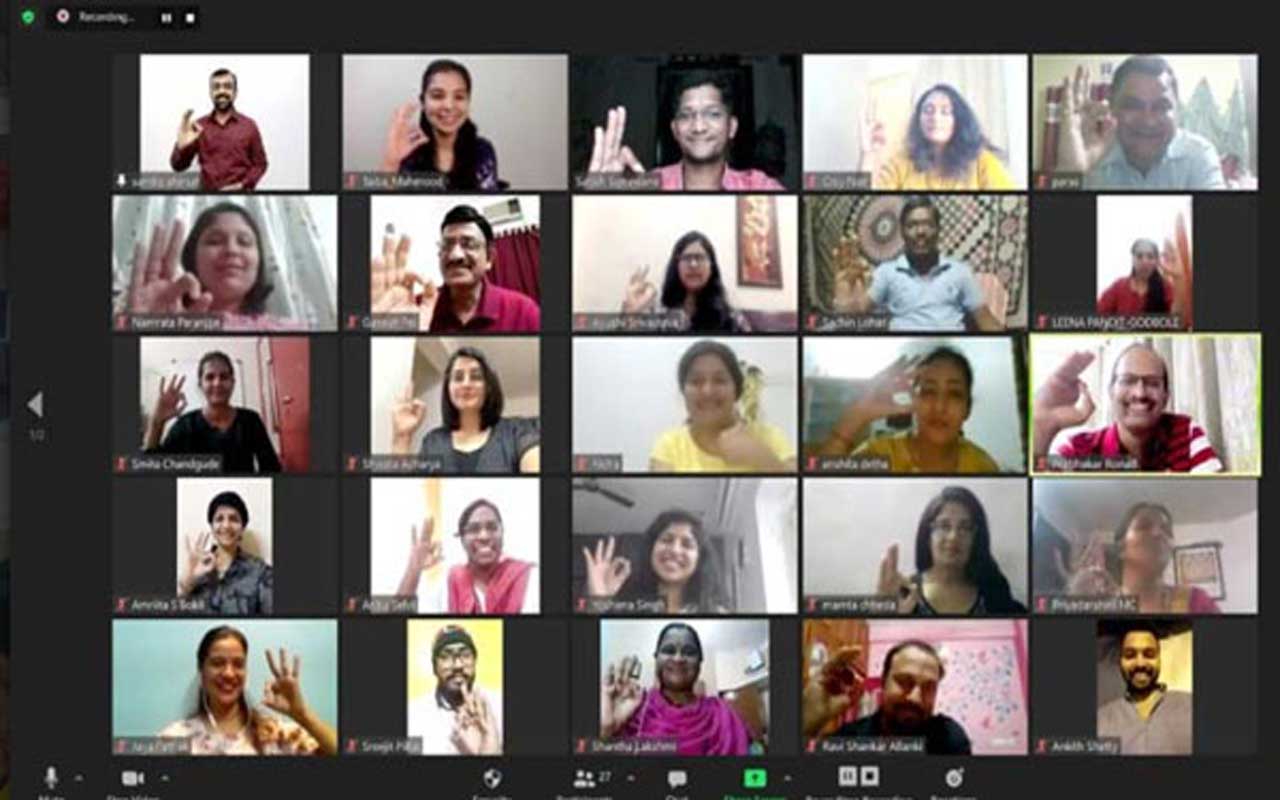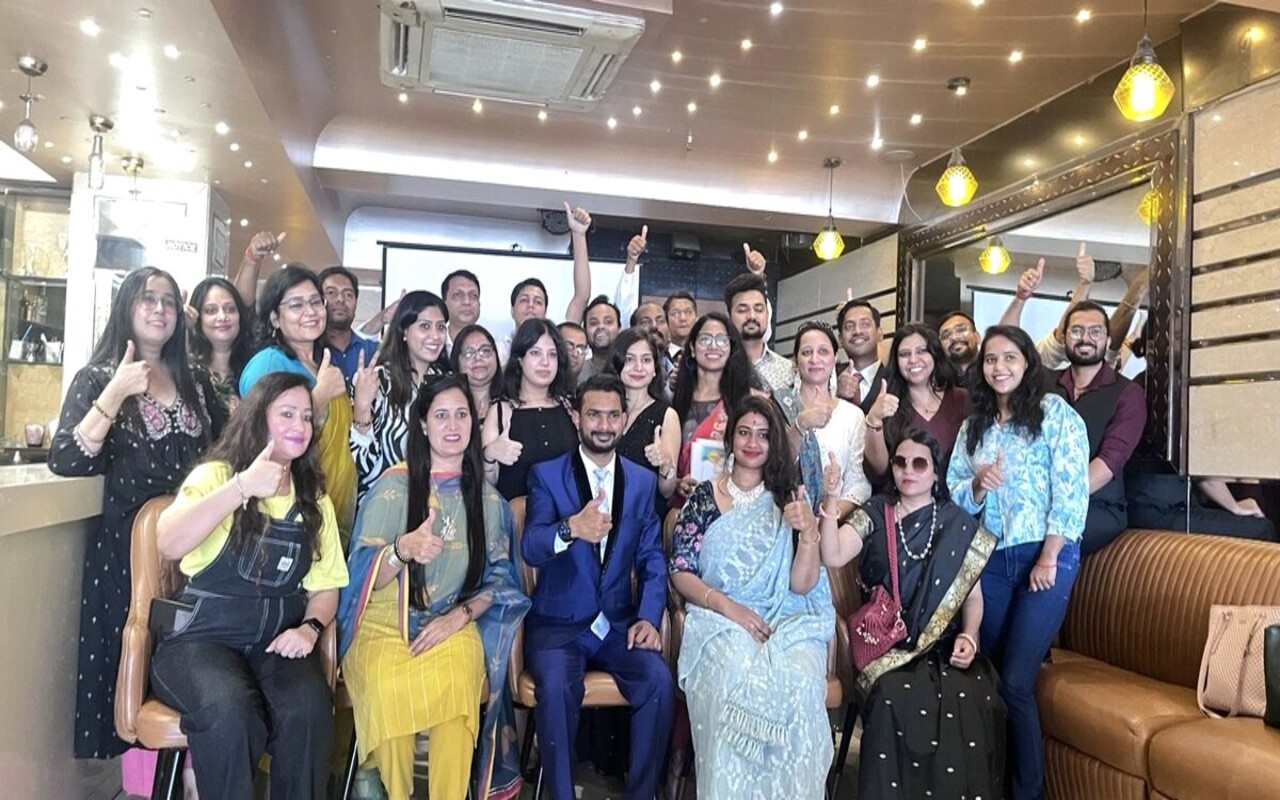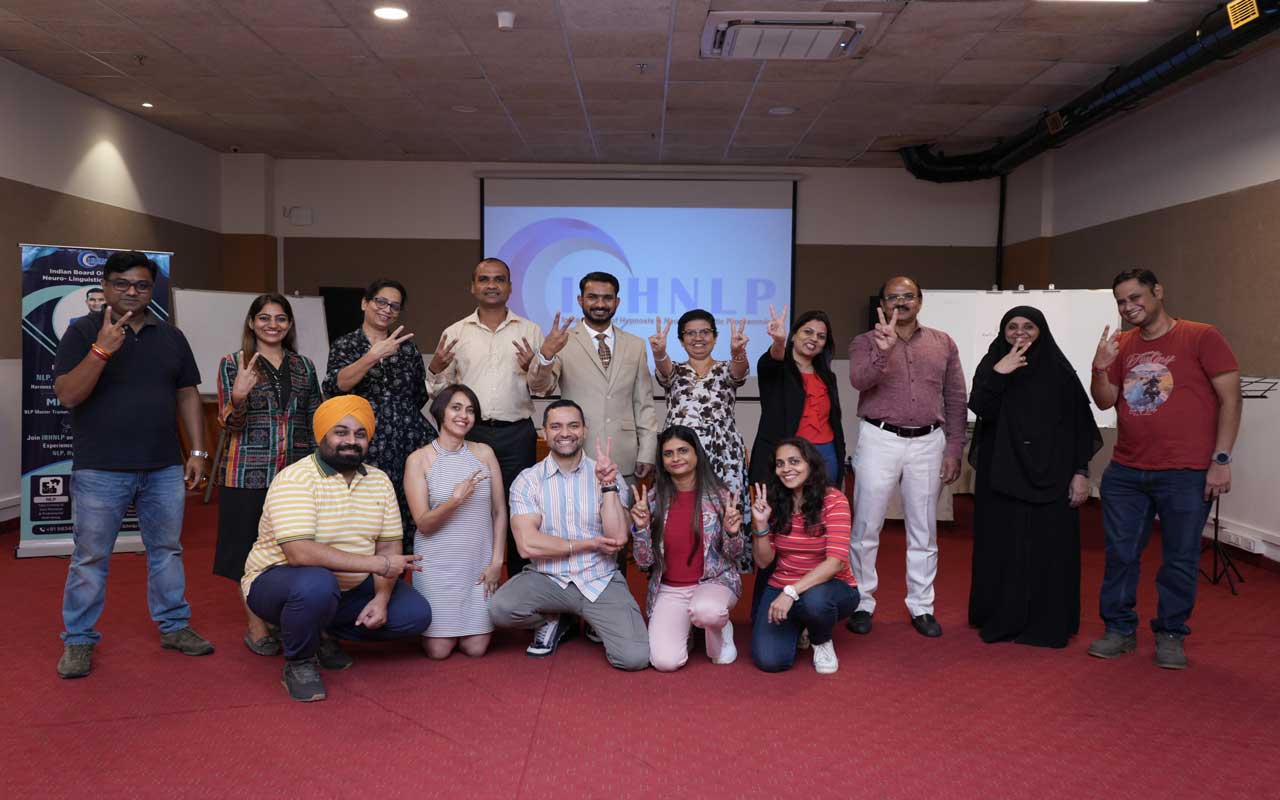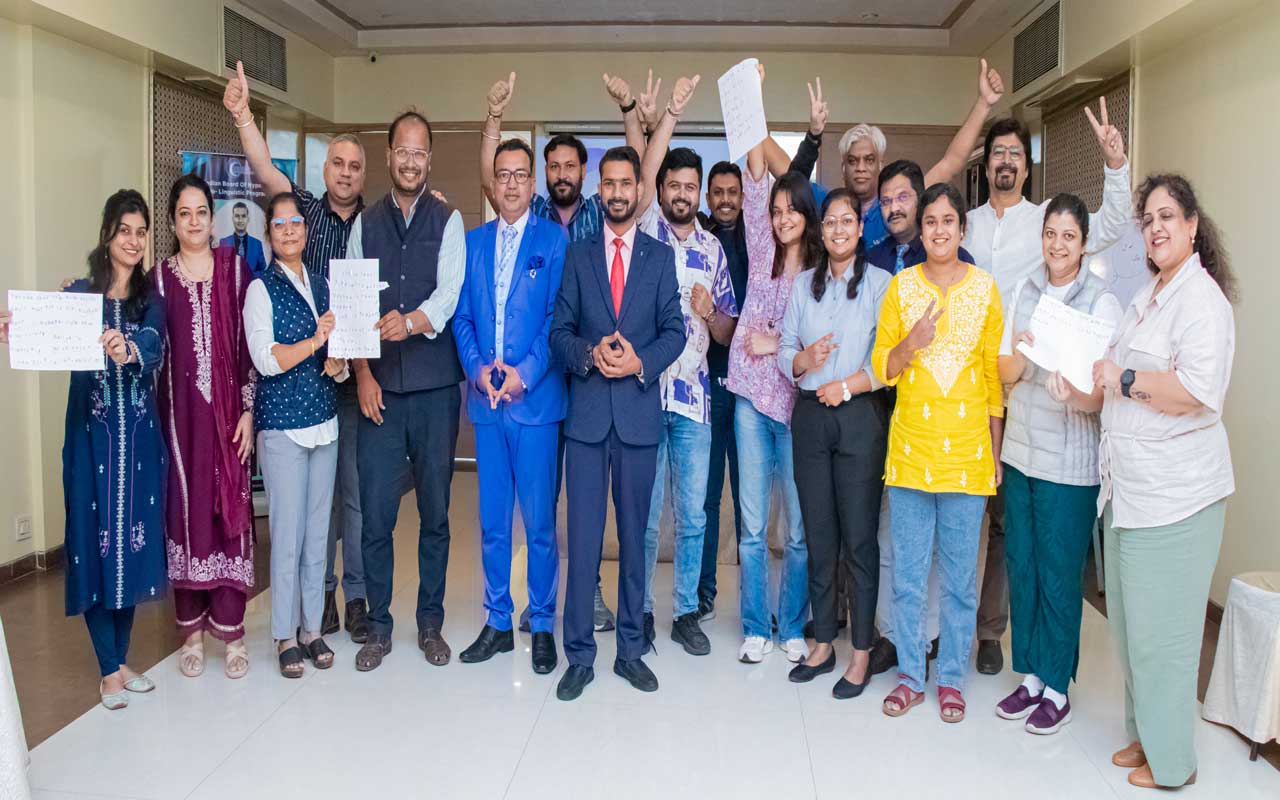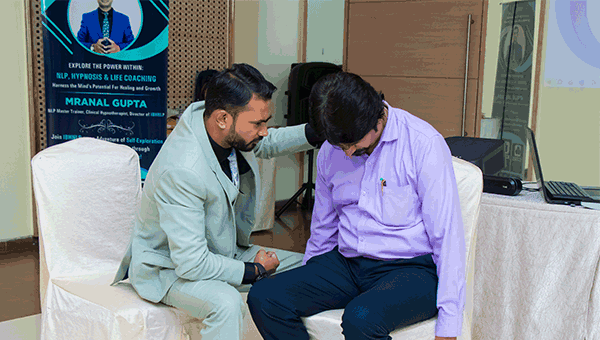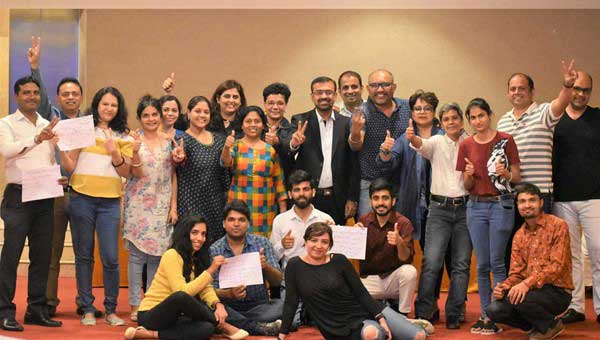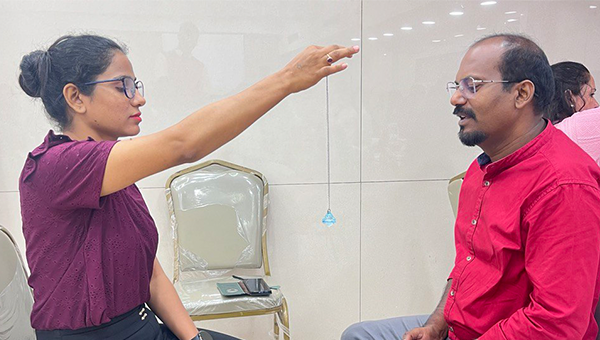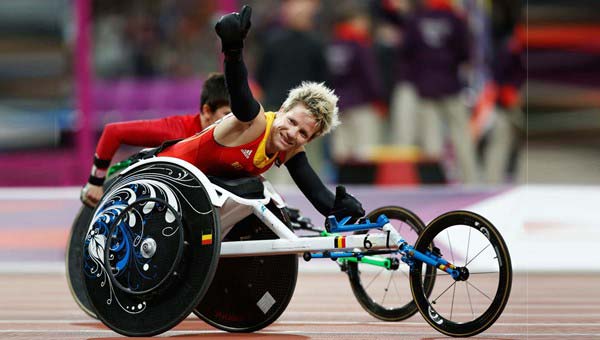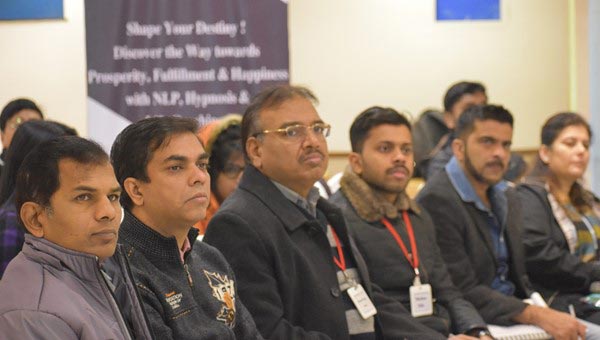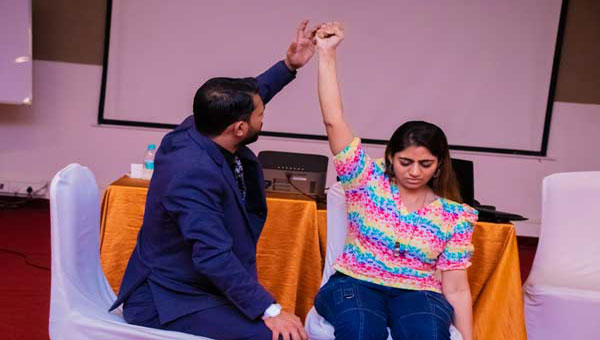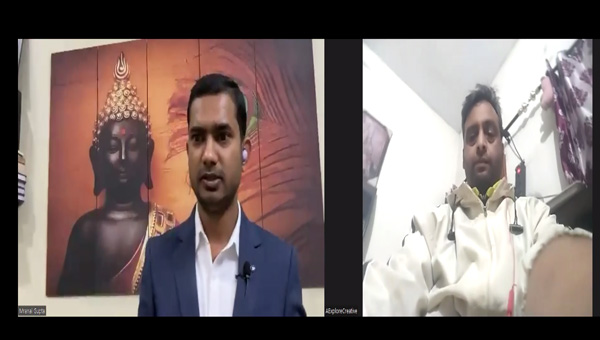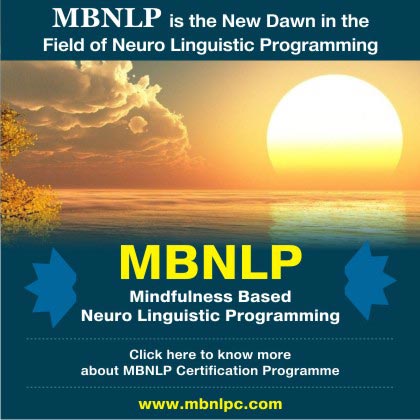NLP Techniques
Indian Board of Hypnosis & Neuro-Linguistic Programming organizes regular NLP Training & Coaching Workshops in Mumbai, Delhi, Ahmedabad, Bangalore and Pune where attendees get full personal attention & Post Training Assistance. In NLP Courses of Indian Board of Hypnosis & Neuro-Linguistic Programming, attendees learn the wide-range of skills like sensory acuity, rapport building, phobia removal, state management, etc. Learning Direct Hypnosis is very important before you learn NLP Skills because Hypnosis creates a ground to learn advanced skills of NLP like rapport building, sensory acuity, modelling etc.
There are so many Techniques of NLP. In our courses of Integrated NLP Practitioner, NLP Coach, Hypnosis Practitioner & Life Coach Certification Program, we cover all important techniques of NLP, which are useful for personal & interpersonal use. These different NLP techniques can be used for many different purposes. Each NLP technique has its particular use. This Technique can be used with other NLP techniques to create new and effective methods of "getting inside the mind". Very soon, we are going to write about each NLP Technique in detail. Let's take the overview of some of the major NLP Techniques.
Anchoring:
The word 'Anchoring' comes from the word 'Anchor'. Anchor basically links something with another. Anchoring is a useful NLP technique. It induces a certain frame of mind or emotion, such as happiness or relaxation or relief. It usually involves a touch, a gesture or a word as an "anchor", for the desired emotion like a bookmark and recalls it again later using that same anchor. It is helpful to get your resourceful state back again. You can anchor certain emotions to get you back on track.
Pattern Interruption:
Pattern interruption is another effective NLP technique for storing keywords into a listener's unconscious mind. This NLP technique can be combined with other techniques such as anchoring for some excellent results.
Pattern interruption works by enticing the listener's inner monologue. It also engages even their pure unconscious chain of thought into a pattern or sequence. When that pattern is set, you then shatter that pattern at a critical moment before the pattern gets established. As an effect, the listener's unconscious mind is kept waiting for the next part of the pattern to occur, while his conscious mind is distracted somewhere else.
Swish Pattern:
Swish Pattern is an NLP technique that is used for replacing an unfavourable emotion or behaviour with a more useful or helpful one. Swish can be used to do a lot of useful things once you get skilled in using it, such as whining of a wife can become more fun or reluctance for joining a gym.
Think of Swish as a Neuro-Linguistic Programming version of your computer's "copy and paste" function. On your computer, you have some text, you copy them, and paste them somewhere else. With a Swish pattern of NLP, one can take part of a certain memory or neurological tag and paste it over the tag of a different unwanted memory.
Framing:
Framing is one of those NLP techniques that fit in well with other NLP techniques. The framing technique is a kind of emotional amplifier or de-amplifier, which works by rebuilding or correcting links in your limbic system between your amygdala and your hippocampus.
Framing is a very NLP Technique & also the most effective one. It can also be applied in combination with other NLP Techniques.
NLP Meta Model:
The NLP Meta Model is a therapeutic technique; you can use to understand other people's problems or help them understand their own problems better. 'Meta-Model' means deconstructing what someone is saying through the help of language so that you can find the underlying cause of the problem.
It is often the case, that when someone has a problem, he/she unconsciously already knows what the solution is. It is also often the case that they do not like the obvious solution, so they keep stirring the problem. This is very common in relationship problems. The Meta Model is designed to deconstruct the way someone words their problem, to get to the bottom of it.
Presupposition:
A presupposition is a structure of language. It makes universalized assumptions from a specific event or experience. For example, I could say to you "I'm not going to Big Bazaar again!" which would make the presupposition that I had been to Big Bazaar before. These are obvious presuppositions; we make very often. These are only really worth mentioning quickly to explain what a presupposition is.
Mirroring:
Mirroring is one of the most useful NLP Techniques. If someone is very good at mirroring, it is very difficult to dislike him or her. Mirroring, while considered part of the NLP syllabus, has been used innately by people unknowingly or unknowingly, throughout history. Even chimps (which I believe are our genetic ancestors) use mirroring within their groups. Someone may raise the question, why do I need to write about mirroring, if it's so natural? Because just like any other skill you can name. There are vastly different levels of ability, and you can get much better in them by practising.
Positive Framing:
Positive Framing is an important Technique. It is the same NLP process as negative Framing, just it goes the other way round. Every time incidents frame some kind of memory inside our brain. So instead of being a normal memory moving into a dulled, framed memory, you can take a normal memory and amplify or glorify it into a strong, vivid memory.
There are so many NLP Techniques, apart from those which are explained in this blog. In NLP Practitioner Courses, we teach many more important techniques, which help NLP Practitioners to become a master in the domain of Human Communication. These are just a few of many important Techniques which are taught in NLP Practitioner Course.
Click the links below to read more articles written by Master Trainer Sandip Shirsat about NLP & its application in various walks of our life:


